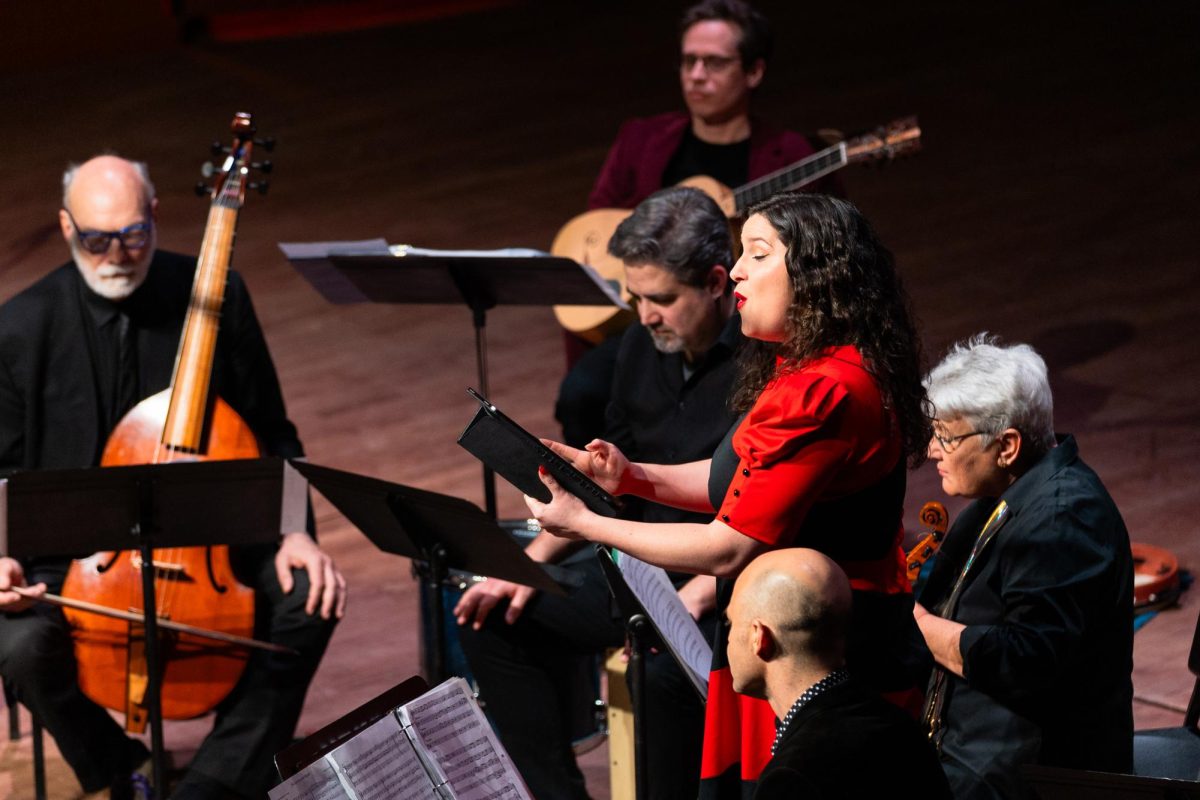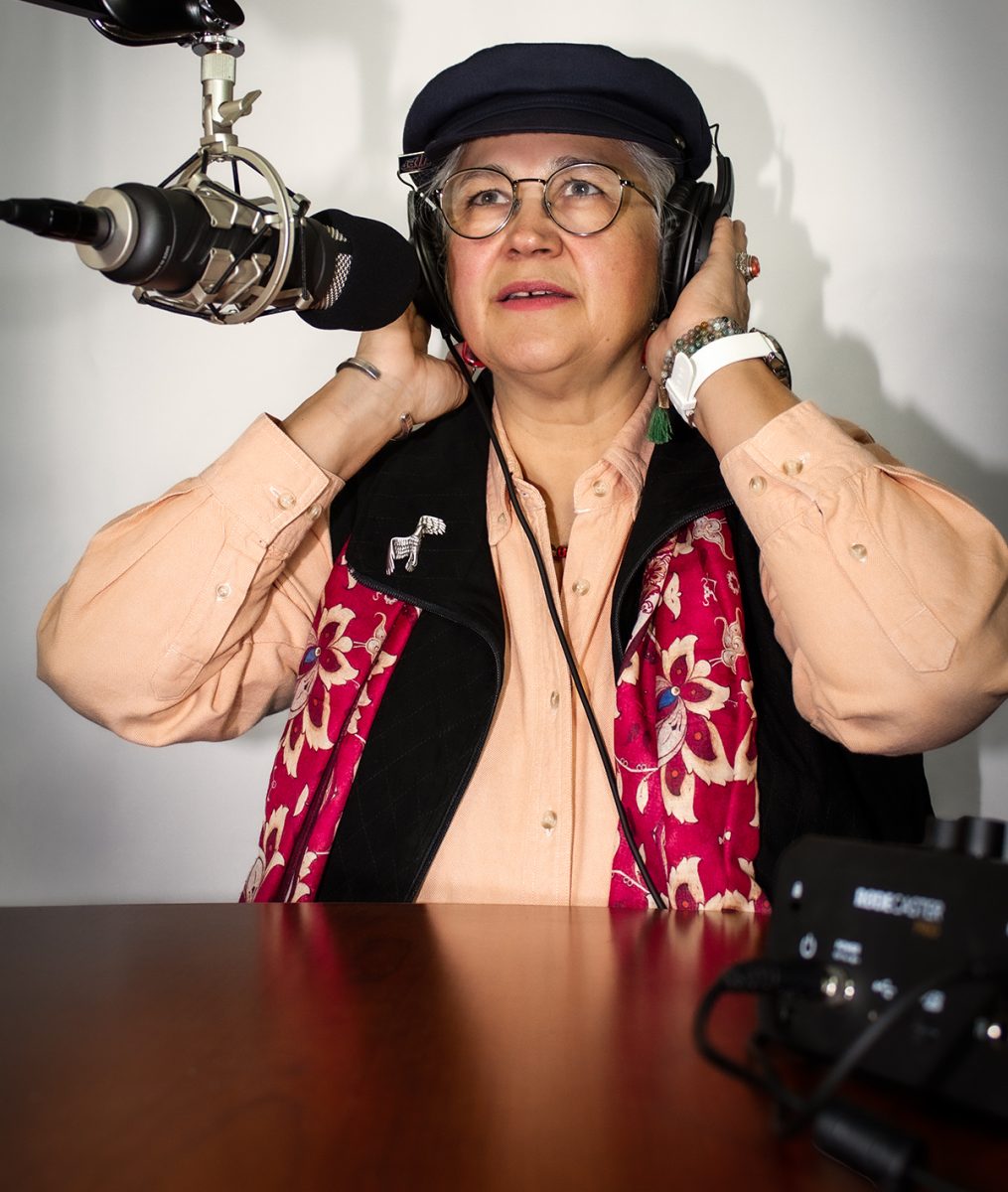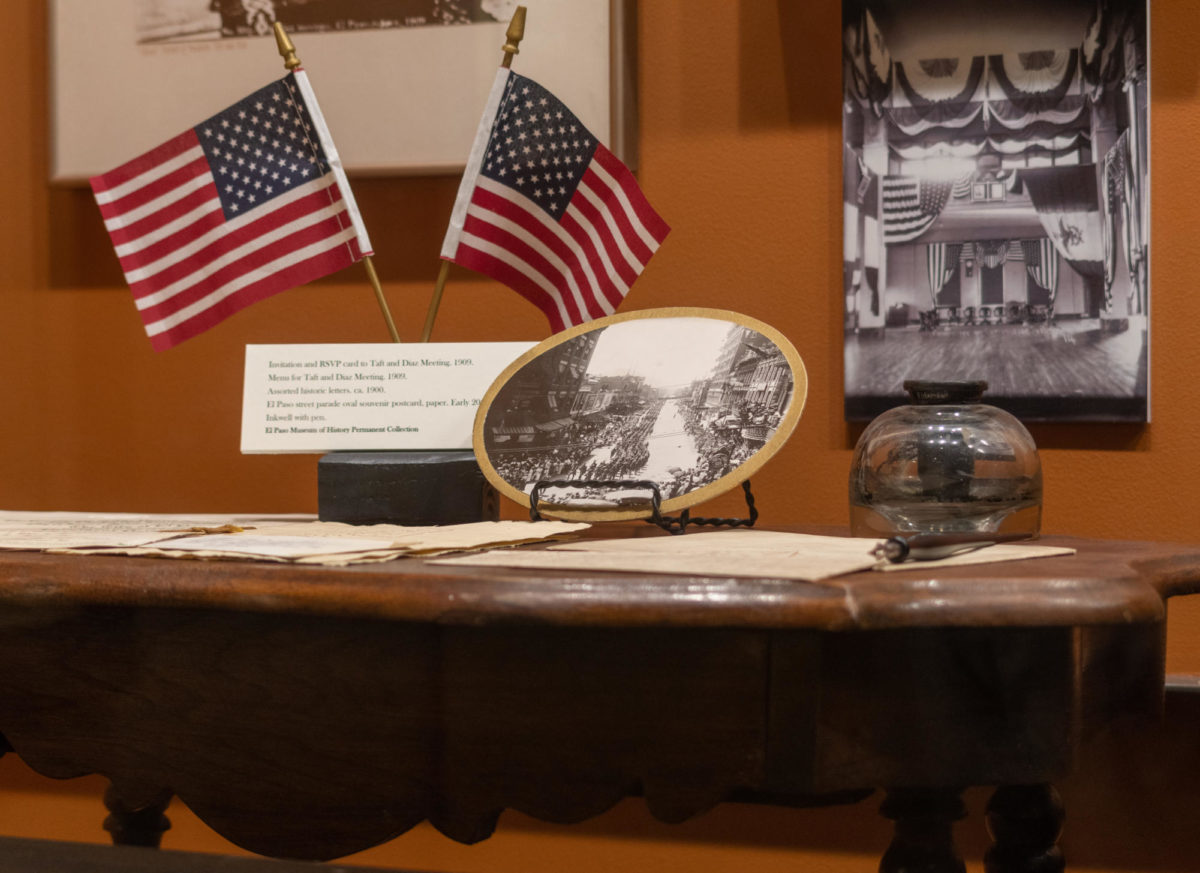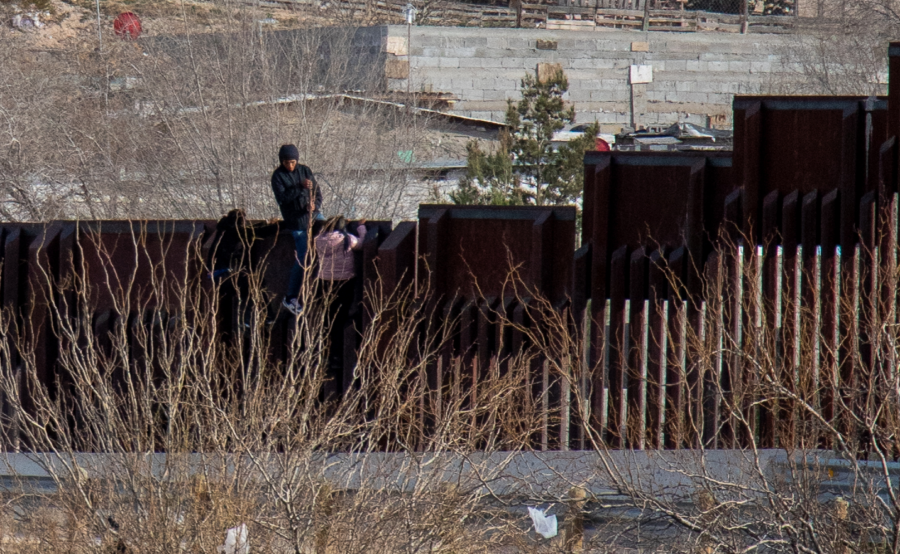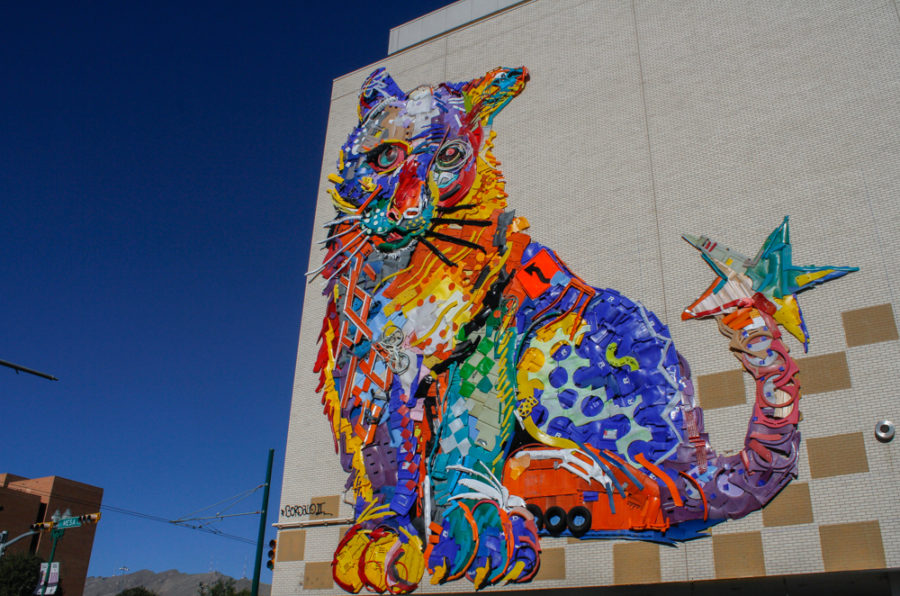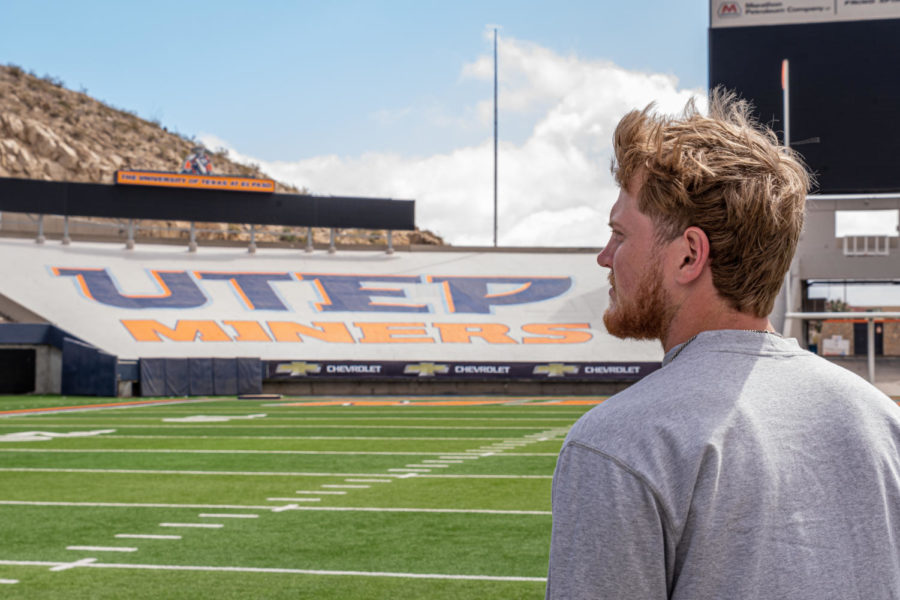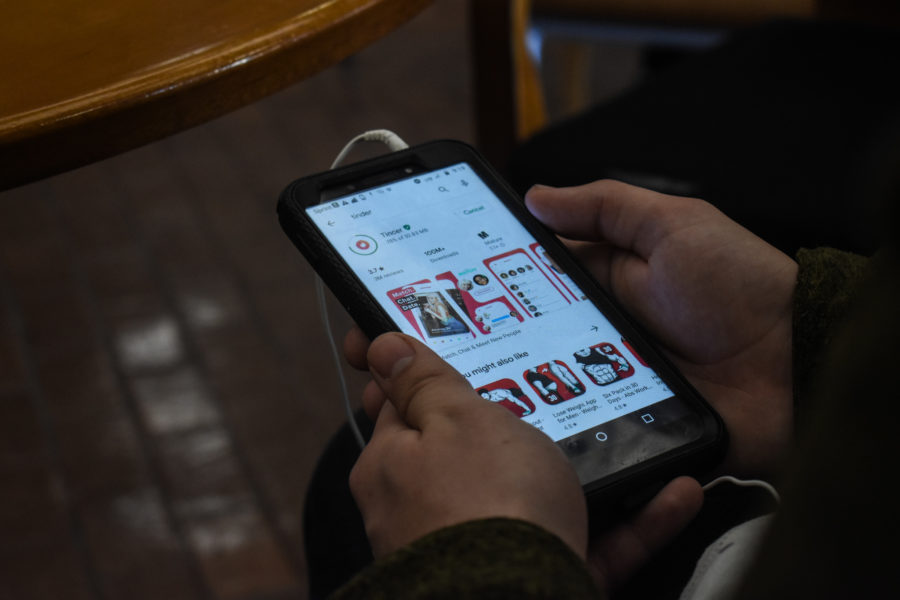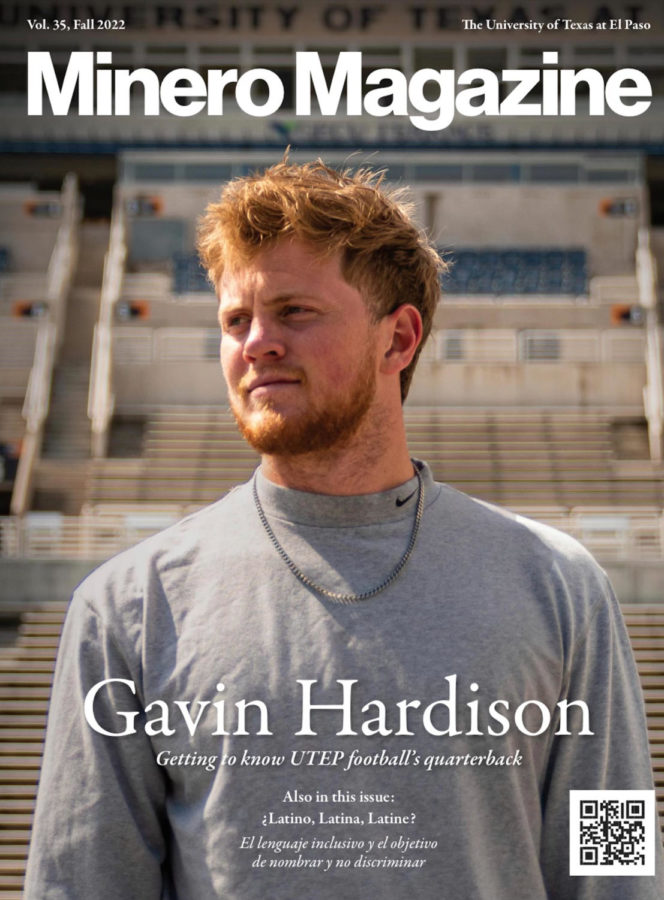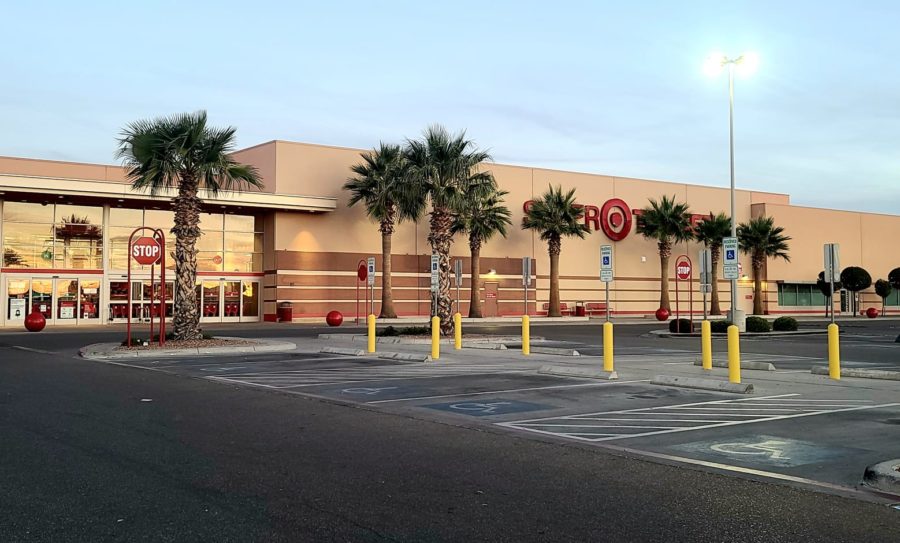By Jasmine Aguilera
After 15 years of domestic servitude and never seeing a dime from the $50 a week she was promised, a woman was finally freed from enslavement. This did not happen in some foreign country where poverty is rampant, or in a war-torn area in a forgotten part of the world. This happened here in El Paso, a city that has become a highway for modern-day slavery or human trafficking.
Of all the immigration issues that this border town faces, human trafficking seems to be El Paso’s dirty little secret. “We know that (trafficking) is big and existent,” says Virginia McCrimmon, crime victim specialist with the El Paso County Sheriff’s Office. “We don’t know how big or how small.”
Human trafficking victims cannot be easily identified; they include people of all ages, genders, nationalities and races. Women and children are often used for prostitution and sex tourism, while men are usually used for labor. Victims are often coerced into believing they are being smuggled into the U.S. The difference between smuggling and trafficking is that in the case of smuggling, the victim consents to be taken to a foreign country. In trafficking cases, victims are often deceived, and once they arrive to their final destination, they are forced to work and mostly for no pay.
Since 2005, McCrimmon worked as the Salvation Army’s head of the Anti-Human Trafficking Program in El Paso, providing services to meet basic social and emotional needs of victims. In May 2011, she was hired to work with human trafficking victims at the El Paso County Sheriff’s Office.
Throughout the years that she has been serving the El Paso community, McCrimmon has worked with approximately 15 men, women and children brought from China, Philippines, Nicaragua, El Salvador, Guatemala and Mexico. She says victims can be forced to work in practically any industry in the nation, including agriculture, sweatshop factories, construction, janitorial services and even restaurant services.
“As far as El Paso goes, there are no statistics that show how many victims pass through here,” McCrimmon says. “When we started here at the Sheriff’s Department we were asked to look for agencies or universities that have already done studies, but no one has ever done a study on human trafficking so we really have no statistical data locally.”
Law enforcement officials and experts agreed the city serves as a corridor for human traffickers, who bring their victims through this area before moving them to other cities throughout the country. Because victims do not usually stay in El Paso, officials find themselves in a difficult situation when trying to reduce the number of trafficking victims brought into the country.
“The problem with human trafficking in El Paso is that El Paso is not the final destination, they are just passing through. It’s kind of an invisible issue’ says Louie Gilot, executive director of Las Americas Immigrant Advocacy Center, a non-profit organization in El Paso that provides different services to low-income immigrants. “It happens, but it’s very hard to identify. They move on to cities that are more rich, where there is more money and more work, just like regular immigrants who usually don’t stay in El Paso. They go where the work is.”
U.S. Department of State’s Global Law Enforcement data reveal that in the year 2010, 33,113 victims of trafficking were identified globally. Of those, there were 6,016 prosecutions that took place, resulting in 3,619 convictions. “That doesn’t mean that they all go to prosecution, as a matter of fact, we have never had a prosecution simply because of the circumstances. What we look for in a victim is that they are willing to work with law enforcement,” McCrimmon says.
Even though no human trafficking case has ever been prosecuted in El Paso, it does not mean that traffickers have not been arrested, according to the Federal Bureau of Investigation. What happens is, that based on the circumstances, the trafficker usually ends up being charged with other offenses, usually with an immigration crime. However, El Paso may soon face its first trafficking prosecution.
In November, federal authorities in El Paso filed charges against Alarcon Allen Wiggins, 43, and nine others with “conspiracy to commit human trafficking and sex trafficking by force.” The group pretended to own a record label, called 424 Records, in order to lure American women into their business. Once they had the women and their children, they forced them to work in their strip clubs as dancers and prostitutes in both El Paso and Baltimore, Maryland. The traffickers were caught when a woman managed to escape and told authorities.
According to McCrimmon, unlike the victims of the El Paso-Baltimore case, victims who are trafficked from other countries are often scared to cooperate with officials. “In third-world countries there’s a lot of corruption in the government,” she says. “So they feel that it is the same here, especially since this is what has been told to them by the traffickers.”
An example of the amount of control traffickers have over their victims is exemplified in the case of a 15-year-old boy from Central America with whom McCrimmon worked. She says the boy was brought to the U.S. for labor purposes and was told he was in Houston when he was actually on the outskirts of El Paso. The trafficker told the boy that he could walk away whenever he wanted, but if he did, the Border Patrol would pick him up, torture and kill him. “Who’s going to want to walk out and be killed? Because that is what he has seen in his home country, he believes this to be true,” McCrimmon says.
Moira Murphy, a visiting professor for Latin American and Border Studies at UTEP, is currently co-authoring a book about human trafficking. In her research she has found that victims brought through this border come from Mexico, but are not necessarily of Mexican origin. She says that Mexico acts as a transit area, so people go there from all areas of the world to find a way into the U.S.
Murphy explains that as immigration laws become stricter, the number of trafficking cases increases. “Immigrants are probably going to keep coming, especially if their motive is economic,” she says. “If you accept that argument then the idea is that as immigration policies become stricter and stricter, you are pushing more people into illegal channels and you are raising the possibility that they will be trafficked.”
One myth is that victims are always uneducated and poor, but according to Murphy that is not always the case. In her studies she has learned that sometimes, victims are college- educated in their own country and they are seeking a better quality of life. It is then that they can fall victim to trafficking.
When trafficking victims are smuggled and as a result enter the U.S. illegally, they did not commit a crime and so cannot be prosecuted. That is when non-profits such as Las Americas or the Salvation Army step in to provide shelter, clothes, food and other needs the individual may have.
In order to reduce human trafficking U.S. authorities are giving victims the opportunity to apply for a T-visa. Gilot says this type of visa is very rare, but it is helping to get victims to cooperate with law enforcement. ”If the victim fears having to be sent back to the country where they met the people who ended up being the trafficker, they’re going to fear retaliation, they are going to fear for their families’ safety, so to be able to offer them a visa to stay in the safety of the U.S. is very important to build those cases,” Gilot says.
Las Americas has only been able to grant one T-visa to a trafficking victim. Applying for a T-visa is a long process that often requires a lot of time and guidance.
According to McCrimmon, individuals can only get a T-visa once they have talked to law enforcement. After this step, the Immigration and Customs Enforcement and the Department of Homeland Security will issue them an I-94, allowing them to remain in the country for a year, which is called continued presence. Authorities also issue them a work authorization card. Once the individual has those two documents, McCrimmon will take them to the Social Security Administration to get a number that allows them to start working legally.
After these steps, the Department of Health and Human Services in Washington D.C. will write a letter of certification, which verifies that the individual was a victim of human trafficking and is eligible for Medicaid, temporary assistance to needy families and food stamps. Once these documents are provided, the victims are on their own to apply for the T-visa, which is good for four years.
Other attempts have been made to stem the flow of trafficking. According to McCrimmon and Gilot, local and state law enforcement agencies as well as Border Patrol officers have been receiving training that could help them spot potential victims. Part of the training is how to search for signs of force, fraud and coercion.
Murphy believes things are starting to change for the better. “Just recently, over the past year to six months, trafficking is getting a lot of attention,” she says. “So it is something that is on people’s agenda, but it wasn’t a year and a half ago.”
Though optimistic, Murphy still believes there are problems within the system. One example is the fact that states do not have uniform laws when it comes to trafficking. Therefore, what is considered trafficking in one state may not be in another. “In my research, I did find something that I thought was hopeful,” she added. “The United States is actually doing a lot, at least when people are in the country, to try to stop trafficking. Some people blame trafficking on U.S. immigration laws and perhaps that is true, but the U.S. is taking this issue very seriously.”
 One fact that is strangely persistent in these cases is that the victims are not usually found in raids or serious investigations. Instead, they are discovered when a stranger, who was knowledgeable about trafficking, has suspicions and tips off law enforcement.
One fact that is strangely persistent in these cases is that the victims are not usually found in raids or serious investigations. Instead, they are discovered when a stranger, who was knowledgeable about trafficking, has suspicions and tips off law enforcement.
“Public awareness is incredibly important, tips come from normal people who just saw strange things, and then law enforcement steps in and solves the case,” says Murphy. “One of the most important things people can do is just be vigilant and that could save thousands of lives, literally.”
EN BREVE
De todos los fenómenos sociales que existen en esta frontera, el tráfico de personas paracer ser uno de los secretos más oscuros de El Paso.
La ciudad funciona como uno de los corredores más populares para los traficantes de personas, quienes traen a sus víctimas por esta área antes de trasladarlas a diversas partes del país.
Autoridades, asociaciones no lucrativas y académicos coinciden en que el tráfico y trata de personas en esta frontera existe pero se desconoce su magnitud.
Desde el 2005, Virginia McCrimmon ha trabajado con víctimas de tráfico de personas. Recientemente fue contratada por la Oficina del Sheriff del condado de El Paso. “En El Paso no hay estadísticas de cuantas víctimas pasan por aquí. Nosotros buscamos agencias o universidades que hubieran realizado estudios del tema, pero nadie ha hecho un estudio en tráfico humano”, dice McCrimmon.
Las víctimas pueden ser de cualquier edad, sexo, nacionalidad y raza. Las mujeres y los niños son utilizados para la prostitución y el turismo sexual, mientras que a los hombres se les obliga a realizar diferentes tipos de trabajo forzado.
Debido a que las víctimas raramente se quedan en El Paso, para las autoridades es difícil detener a los traficantes. De acuerdo al Buró Federal de Investigación (FBI), ningún caso de tráfico de humanos ha sido enjuiciado en El Paso, pero eso no significa que los traficantes no hayan sido arrestados.
En noviembre, autoridades federales de El Paso levantaron cargos contra Alarcon Allen Wiggins, de 43 años, y otras nueve personas residentes de Baltimore, Maryland, por conspiración y trafíco humano. Éste podría ser el primer caso de trafíco humano en El Paso que se trate en una corte.
Lo cierto es que, en la mayor parte de los casos, las víctimas son encontradas después de que algún extraño nota la situación, tiene sospechas y termina por notificar a la policía. De ahí la importancia de crear una conciencia pública sobre este problema.


